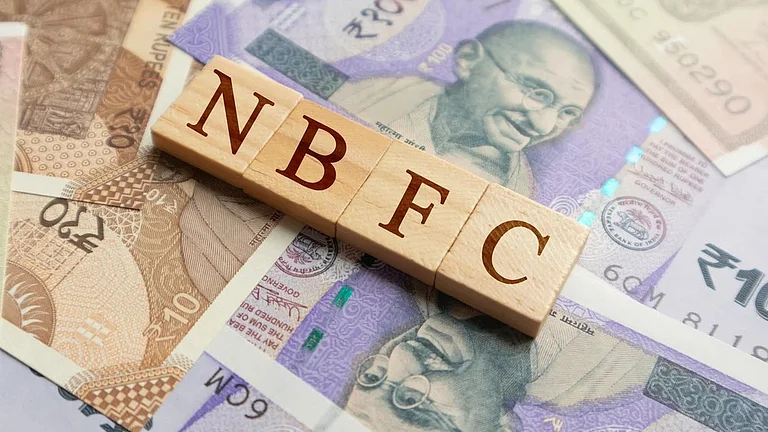The way currency has evolved from barter to giving value to each other and with the currency exchanges the need for savings & investments came into the picture. Banking was an outcome of such financial transactions. Similarly, the need for pooled investments to gain the benefits of diversification Exchange Traded Funds was introduced. The first open-ended mutual fund was created, offering investors the ability to buy and sell shares on a daily basis in Canada, transforming the investment landscape and offering the advantages of pooled investing and trading flexibility. One of the Unique selling proposition for the exchange-traded funds is that investors can get a diversified portfolio at a click.
Why ETFs are considered more beneficial?
Higher returns are available with direct equity and equity mutual funds, which are associated with higher risk too. These investments are important for wealth creation so can’t be ignored. Hence, the investors need a product which is relatively less risky being an equity product and gives the market return. Index Mutual Fund (IMF) and the Exchange Traded Fund (ETF) which are passively managed funds and the portfolio mirrors a market index. The minimum investment should be at 95 per cent of the total assets in the same stocks that composites the Benchmark Index they follow. For example, a Nifty Index Fund will invest in securities that are part of Nifty. The difference is ETF are traded on a stock exchange like a stock.
The total size of ETF in India stands at Rs 1.43 lakh crore which is 5.5 per cent of total mutual fund AUM (at Rs. 25.94 lakh crore) as on May 2019. Of this, Equity ETF stands at Rs 1.37 lakh crore (5.3 per cent of total AUM) and Gold ETF stands at Rs 4,600 crore(0.2 per cent of total AUM). In comparison with this, the IMFs are at Rs 5,600 crore (0.2 per cent of total AUM). Still when compared to Global ETF market, which stood at $4.7 trillion (as per statista as on 2018), the Indian ETF market is just 4 per cent of it. Asia’s total ETF assets surged by 23.9 per cent in the first half of 2019 to a record $244 billion, thanks to an increasing adoption of ETFs into investment portfolios
ETF provides more flexibility in trading and better price transparency. Since ETFs are exchange listed, one can trade any time and any number of times during the market hours. The continuous price mechanism of ETF makes the price trading near its NAV and the investors are getting several real time price levels for entry and/or exit points depending on his/her preference. On the other hand, IMF can be bought and redeemed normally once in a day and the NAV is not known till the end of the day. The operating expenses of ETF are also lower than that of IMF. The portfolio disclosure is also on a daily basis as compared to monthly disclosures in case of IMF.
Though there are more than 1,915 ETFs available today, more than 99 per cent of the assets are invested in traditional index-based ETFs. Index-based ETFs are available in nearly every style and asset class, covering virtually every segment of the domestic and global equity and fixed income markets. The next most popular ETF is that of gold. Gold funds invest predominantly in physical gold or gold related investments. The returns for these investments will depend on the price movement of physical gold in the international markets. An appreciation in the domestic currency can lower the returns on these funds as the prices of gold internationally are priced in US Dollars. It has gained momentum as it eliminates the risks of holding physical gold, high liquidity and the ease of transactions.
Investing in Exchange Traded Funds
One needs to have a demat account and then one should select the asset class they wish to invest in. For example, equity or gold along with the appropriate scheme within it. The return for the same class of fund would be similar, so there are other factors one needs to watch out for. To start with, look for the size of the fund and the trading volume of these ETFs. One with the relatively high trading volume will provide lower bid-ask spread. Bid-Ask spread is the difference between the price that an investor pays to buy the ETF (Ask) and the price at which he/she sells (Bid). The next factors are the expenses ratio and the tracking error. The tracking error, in simpler terms, is the percentage by which the return of ETF is different from that of Index. After critically evaluating these criteria, one should select the fund that matches his/her return expectation and risk appetite.
Most ETFs are structured the same as mutual funds for legal and tax purposes, hence, the same tax rules apply to ETFs and traditional funds in these cases. Investors pay taxes on dividends and capital gains distributions during the life of the investment, and when they sell the ETF, they owe taxes on any gain realised.
The author is Assistant Director, ITM B School, Navi Mumbai


























